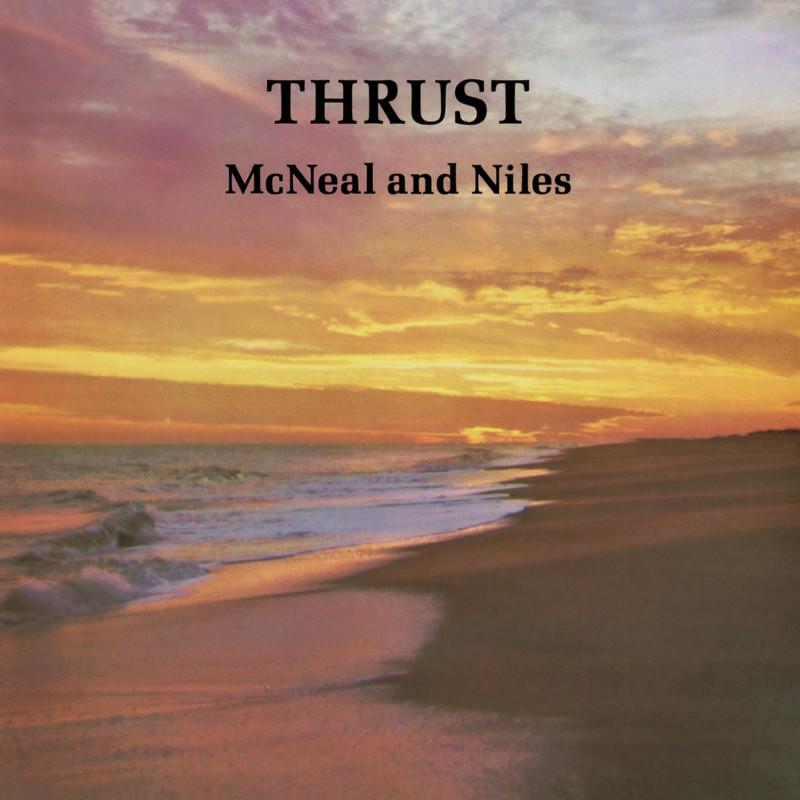 Nothin’ But Blue Skies: The Heyday, Hard Times, and Hopes of America’s Industrial Heartland by Edward McClelland
Nothin’ But Blue Skies: The Heyday, Hard Times, and Hopes of America’s Industrial Heartland by Edward McClelland
My rating: 5 of 5 stars
Lest anyone think I read this just to latch on to the hipsterish aspects of the “Rust Belt Chic” trend, know that I was born in Cleveland a mere four years after the Cuyahoga River burned, and I grew up through most of the events in the “Burn On, Big River” chapter of the book. Take McClelland’s writing on Dennis Kucinich’s various rises and falls, for instance. No matter how much prominence he gained after reinventing himself as a national politician, and regardless of how many of his views I might share, I’ll always know him as “Dennis the Menace” because in the late 70s/early 80s, even a six year old like me could read a political cartoon in THE PLAIN DEALER and glean from how the grown-ups talked that that’s what everyone thought of him. We were reading USA TODAY in grade school when the whole the Rock and Roll Hall of Fame thing came up. And I had one of my first underage drinks just as the Flats was transitioning from a hotspot to a hive of scum and villainy. (I’d left before it finally turned into a “Scooby Doo ghost town“.)
All that to say that if McClelland, a native of Lansing, MI, did enough of his homework to get those sorts of Cleveland details right then it seemed likely to me that his notes about life in post auto industry Youngstown, Detroit, Flint, Lansing, etc. also has a genuine ring of truth. In fact, reading about the stories of these other places and some of the people in them felt like a rediscovery of sorts. I can imagine this is what it feels like for someone who has some weird personality quirk that never made sense to anyone until some previously hidden fact of biological or social history was discovered and gave you the context. I’d never heard the terms “bathtub Madonna” or “Mary on the half shell” before reading this book, and never knew how prevelant they were in other places similar to Cleveland, and yet I’d grown up seeing these little homemade grotto shrines to the Virgin Mary in every neighborhood I ever rode through inside Cleveland.
The book succeeds in giving me what feels like a thorough background about subjects I already knew, or at least in filling in the gaps about things I witnessed from a short distance. I was familiar with the socioeconomic patterns and movements of White Flight and gentrification, but this book clarifies the mechanics of it, particularly with respect to the decrepit housing and infrastructure it left behind (neither of which was really all that great to begin with). McClelland also lists a few examples of what happens when movements born of social justice to serve people crash and burn when they start becoming unsustainable, which many times has to do with internal personalities and politics, as much as whatever the latest company outsourcing or international trade plan is.
I was startled to learn exactly how much politicians in other regions of the country are looking over the carcass of the Rust Belt and still see a couple of things worth stripping even now, like Great Lakes water. A part of me cheered when I read about the political pushback these efforts get; Michigan representatives basically saying, “You wanted to go live in that sand box [i.e places like Georgia, Nevada, Arizona, etc. which have lured people and jobs from Michigan]. Don’t come crying to us when you can’t find anything to drink.”
The one nit I have is that McClelland does a little too good of a job integrating various regional idioms of, to put it mildly, an insensitive stripe. It’s one thing to quote, or report a quote from, various sources and stories, like one in which a Daley political operative tells Chicago Latino voters, “We want you guys to be our minority, because we’re already sick of that other minority [emphasis mine].” But it’s another to uncritically mix them into your own narrative. The author writes, “[Latinos in South Chicago] had their own church — Our Lady of Guadalupe — and they were tolerated by Stosh and Chester [i.e. code for “men of eastern European descent”] at the ironworkers’ tavern, who figured it was them or the colored [i.e. the other minority].” And while I’m fairly certain McClelland himself doesn’t espouse these beliefs, that contention might be a tougher sell for people to whom I might recommend this book. I theorize (but could be wrong) that I’ll have to deal with this in the next book in my Rust Belt reading queue, Ben Hamper’s Rivethead: Tales from the Assembly Line.
But then, personally, I’m a little (too?) used to it. After all, I grew up around that; hell I’m a Filipino-American who grew up in it. And if nothing else, this book goes a long way to telling me why.
View all my reviews






